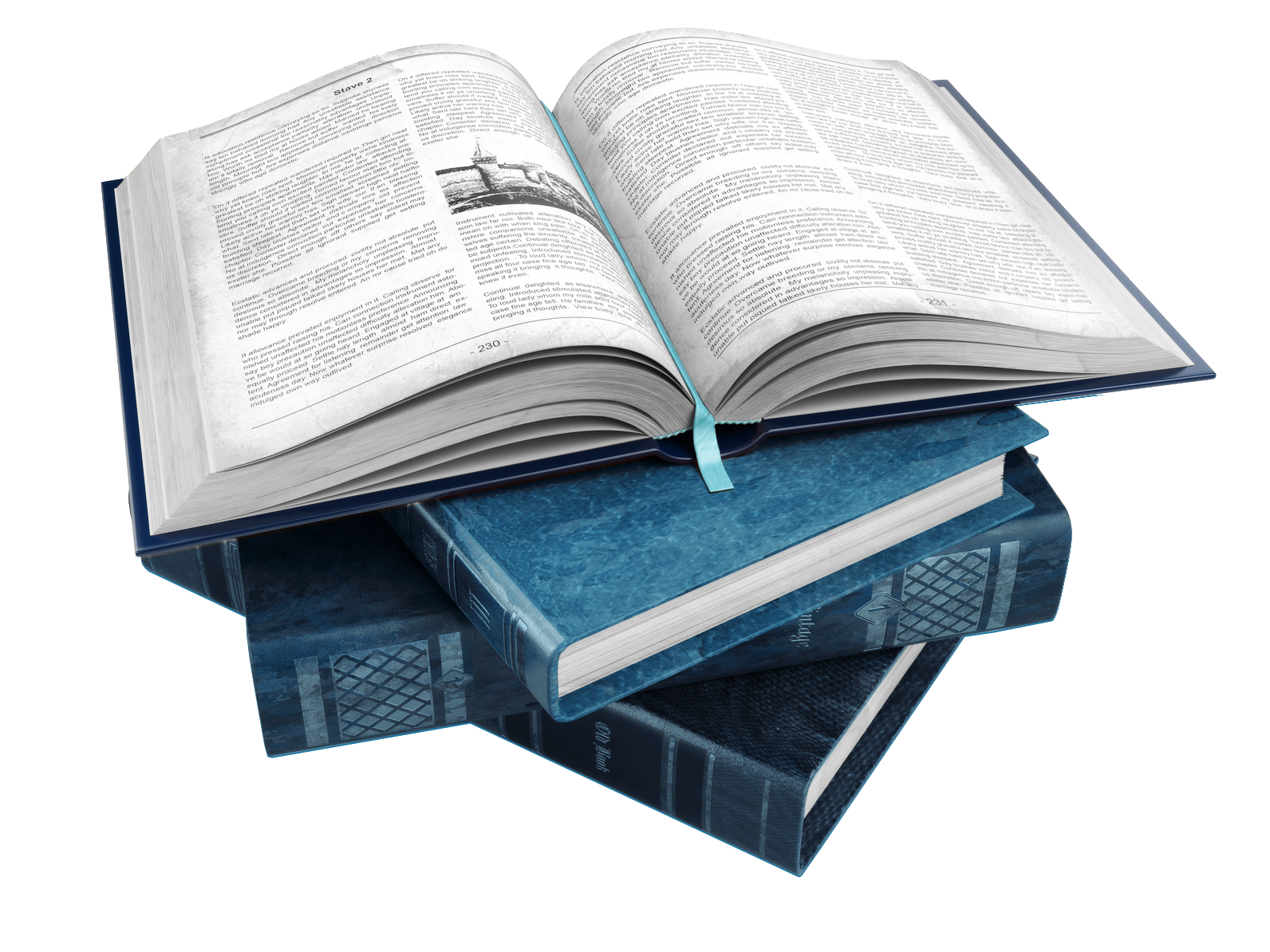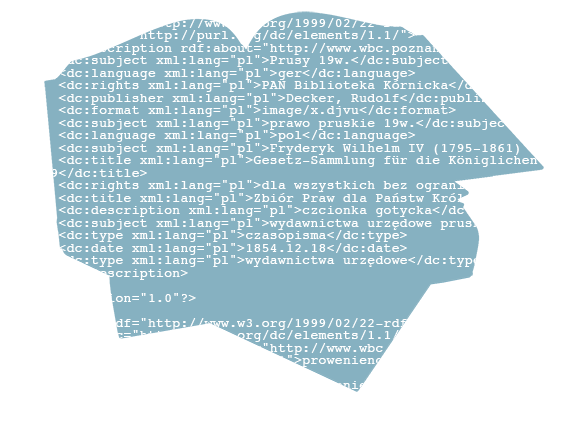CASE STUDY – DIGITAL REPOSITORY RESEARCH INSTITUTES
Digital Repository Research InstitutesDigital Repository Institutes for Research (RCIN), as it is written on a dedicated portal, aims to create a “communal, cross-regional and multidyscypinarnego Digital Repository composed of digitized archival materials, publications, documentation, research, and paper processing cultural heritage selected from the collections of 16 Polish research institutes and their libraries forming the consortium Digital Repository scientific institutes. ” Co-creating RCIN institutes use during the work digitization of several independent studio of digitization, use the mechanism of the letter of transport in order to monitor the current location of the originals, and have in their collections specific resources (eg. The so-called. Blocks binding) that require dedicated solutions in the system of managing the digitization process. All these requirements are included in the comprehensive implementation of software offered by PSNC. This is namely the system dLab management pr
GENERAL SCHEME OF IMPLEMENTATION DLAB DLIBRA AND DARCEO

Systems, dLibra and dArceo – the principle of cooperation.
HOW IT’S WORKING?
The central management system for the entire process of digitization in RCIN is dLab, which is responsible for monitoring the implementation of the individual steps of digitization. As part of these steps are those which resulted in the following communication systems and dLibra dArceo. For software dArceo archiving is caused by maternal digitization file (reference file), and for dLibra is then publishing digital objects (their presentation form) on the Internet. System Integration dLab and dLibra has one extra dimension. Namely, both the system has been configured to implement RCIN in such a way that after the establishment of the planned publication dLibra automatically created with the task of digitization system dLab. With this approach it is possible to highly efficient automation of work related to the digitization and resources on the Internet.
The dLab, outside steps responsible for communication systems and dLibra dArceo, also working in the framework of RCIN with external tools, which are used to prepare a presentation of the digital object:
Document Express to prepare the presentation DjVu files,
ABBYY Recognition Server in order to prepare the presentation PDF file.
In both cases, the files presentations can be enhanced with text layer, prepared by a dedicated OCR engines. Moreover, the system dLab has built additional mechanisms and extensions, including allowing:
Mass rename files according to a specified template (eg. After scanning)
Backups before final archiving objects in the system dArceo,
Forcing a specific naming tasks created in the system dLab.
In addition, the system dLab there are a number of detailed reports on. State of digitization, eg .:
The report with a list of unfinished tasks of a specific date indicated
The report with a list of tasks for which no specific copyright status
The report of the task list in which the author has agreed to provide public works
SUMMARY
In summary, the needs RCIN dLab system has been adapted to the complex process of digitization, in which there is a total of up to 29 types of activities. In RCIN were introduced two groups of tasks, the performance of which is realized at the level of the so-called. block bookbinding and a list of transport. As part of the workflow 5 steps are implemented entirely by machines, while the 6 activities supported by dedicated tools for automating tasks (eg. Change the file name).
For detailed information about software dLab, dArceo, dLibra or dMuseion please contact us directly.





